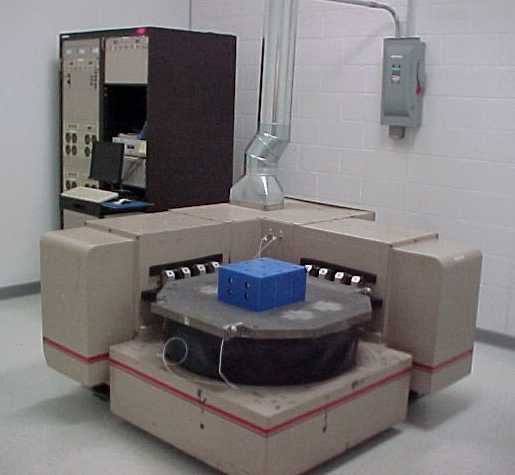Random Vibration Testing
Vibration can produce objectionable operating characteristics, noise, wear and physical distortion by loosening parts or by causing motion between parts in a specimen, which can result in fatigue and failure of mechanical parts. Using sophisticated vibration test equipment, ORS performs shaker testing to simulate such vibrations.
Random vibration testing determines the effects of vibration within the predominant frequency ranges and magnitudes encountered during field service and/or transportation on components. Most in-field vibrations are not simple or harmonic; tests based on vibrations of this type have proved satisfactory for determining critical frequencies, modes of vibration and other data necessary for planning protective steps against the effects of undue vibration.
Random vibration is characteristic of modern field environments such as commercial transportation, missiles, high-thrust jets and rocket engines. In these types of environments, random vibration testing is more realistic as it simulates vibration amplitudes that may vary randomly, periodically or both.
Tooling is generally required to attach a component to the vibration shaker table. The tooling allows the accelerometer to be mounted as close to the centerline of the component as possible. In addition, it is imperative that the tooling run dry (without test components) in all three orientations to ascertain that the tooling does not have resonances in the frequency range of interest. Characterization of the tooling is recommended as a part of the calibration procedure before running components.
- Test Specifications / Standards
- MIL-STD-202 Method 214 – Cond 1 (A-H) – Cond 2 (A-G)
- MIL-STD-883 Method 2026 – Cond 1 (A-H) – Cond 2 (A-G)
Failure Analysis
If components fail during random vibration testing, we perform a complete failure mode analysis (FMA), utilizing cross-sectioning, electrical testing, Scanning Electron Microscopy (SEM w/EDAX) and CSAM for a comprehensive report of the findings.




